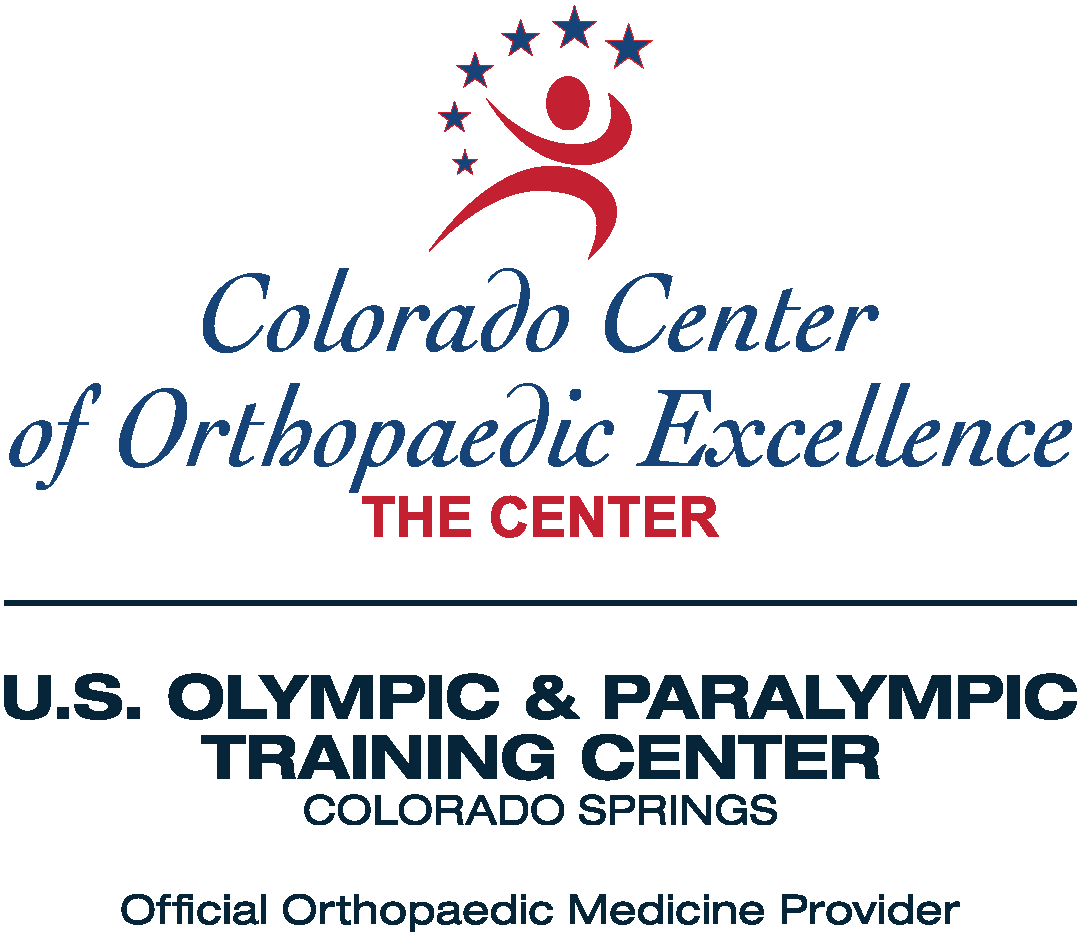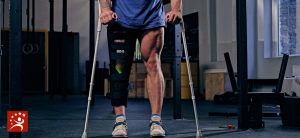The hip is considered one of the more complex regions of our body due to its multiaxial arrangement, meaning it can move in many different directions. When they are healthy, it takes great force to hurt them. However, playing sports, running, overuse or falling can all sometimes lead to hip injuries. These include strains, bursitis, fractures and hip disloaction. Certain diseases also lead to hip injuries or problems. Osteoarthritis can cause pain and limited motion. Osteoporosis of the hip causes weak bones that break easily, both of which are more common in older people.
Hip Dislocation:
Your hip is the joint where your thigh bone meets your pelvis bone. Hips are called ball-and-socket joints because the ball-like top of your femur moves within a cup-like space in your pelvis. The socket is formed by the acetabulum, which is part of the large pelvis bone. The ball is the femoral head, which is the upper end of the femur (thighbone). A smooth tissue called articular cartilage covers the surface of the ball and the socket. It creates a low friction surface that helps the bones glide easily across each other. The acetabulum is surrounded by strong fibrocartilage called labrum. The labrum forms a lining around the socket, creating a tight seal, helping to provide stability to the hip joint.
A traumatic hip dislocation occurs when the head of the thighbone (femur) is forced out of its socket in the hip bone (pelvis). When there is a hip dislocation, the femoral head is pushed either backward out of the socket, or forward. It typically takes a major force to dislocate the hip. Car collisions and falls from significant heights are common causes and, as a result, other injuries like broken bones often occur with the dislocation. In rare cases, a hip dislocation can occur during impact sports like football. A hip dislocation is a very painful and serious medical emergency, where immediate treatment is necessary.
Treatment and Recovery:
In cases in which hip dislocation is the only injury, an orthopedic surgeon can often diagnose it simply by looking at the position of the leg. Because hip dislocations often occur with additional injuries, your doctor will complete a thorough physical evaluation. If there are no other injuries associated with the dislocated hip, the doctor will administer an anesthetic or a sedative and manipulate the bones back into their proper position. This is called a reduction.
Recovery depends on the person and severity of the dislocation and injuries associated. It takes time, sometimes 2 to 3 months for the hip to heal after a dislocation. The rehabilitation time may be longer if there are additional fractures. Patients often begin walking with crutches within a short time. Walking aids, such as walkers, crutches and, eventually, canes, help patients get mobilized. Physical therapy will often be required to speed up the recovery process.
If you have suffered an injury to your hip or think you may have dislocated it, request an appointment with the Colorado Center for Orthopaedic Excellence at (719) 623-1050 for immediate treatment.








